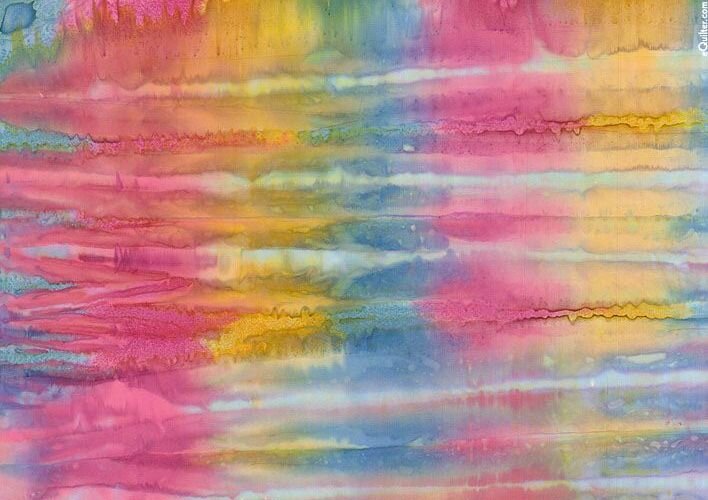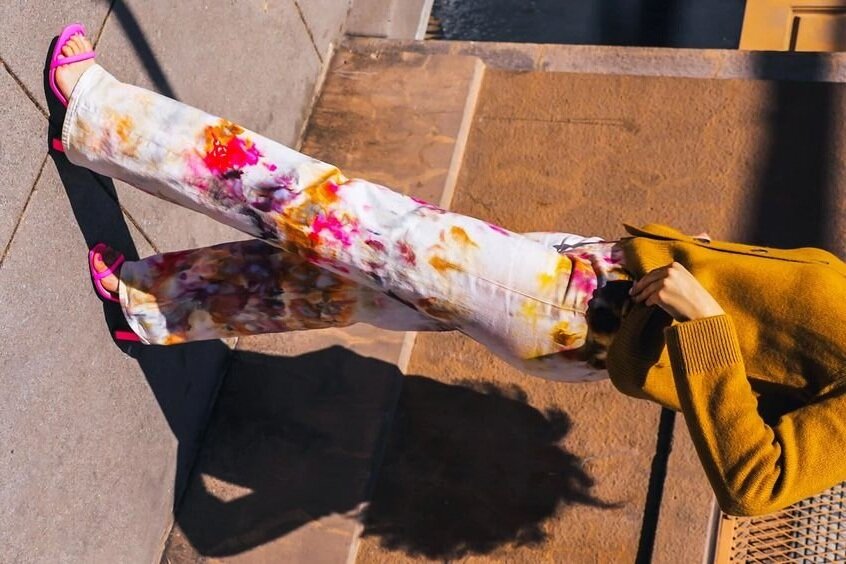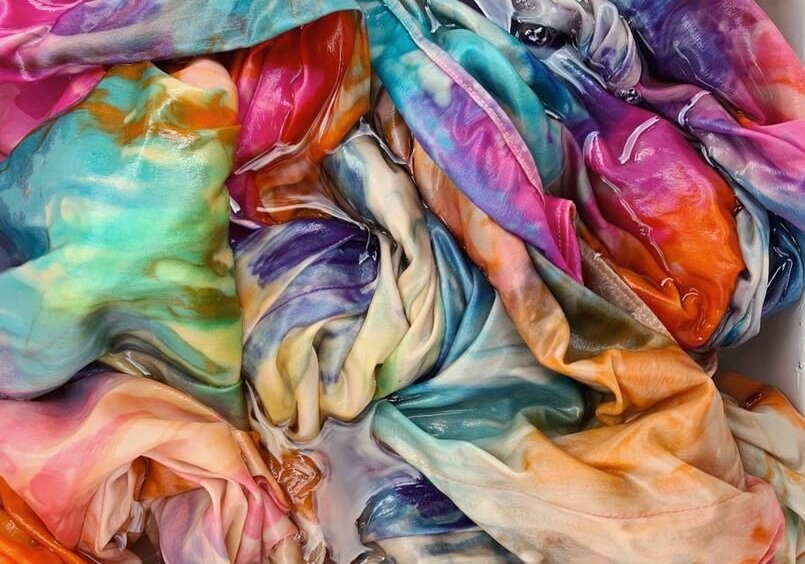Sep 10
The Complete Guide to Dyeing Your Clothes
Everything You Need to Know about Dyeing Your Clothes (Hint: You need to get started right now)

Maybe it’s those once-black jeans that fit perfectly, but your friend had the audacity to describe them as ‘that grey pair’. Maybe it’s those shoes you never seem to be able to match with anything, or that top that makes you feel like your French teacher from school, instead of the effortless Parisian mademoiselle you were aiming to embody (we’re looking at you, White T-Shirt #17).
Giving your clothes a second life is massively underrated, and dyeing is probably the most drastic yet by far the most simple change you can make (no fashion degree needed), without cutting frays into your Hollister tee for Y2K vibes. Here’s everything you need to know.
- Assess the item
- Channel your inner Alchemist
- Picking the Right Dye
- AZO dyes (releases chemicals upon contact with skin)
- Chlorobenzene (toxic by inhalation and skin contact)
- Formaldehyde (A known carcinogen)
- Rit Dye. We love these as not only do they come with extensive colour guides, instructions based on your fabrics, and even advice on colours for your skin tones; they are 100% non-toxic. Rit also does not test on animals. (Shop now!)
- Dylon Eco Reactive Low-Impact dyes. This dye is free from AZO dyes and heavy metals. The CEO of this company once claimed that if a goldfish was put in a cycle with this dye it would have no problem surviving! Now that is a claim I can get behind (but please do not attempt this with your beloved aquatic pets, they might get seasick). You can find these dyes here.
- Now what?
- Call in the professionals
- Tell me more! What else can I dye?
The material of your item and its current colour will be the starting point in figuring out which direction to go in. Most materials can be dyed, but natural textiles (silk, linen, wool, etc) require different dyes than synthetic materials (think polyester), for example. We’re dyeing the item, not melting holes all over it, hopefully, so picking the right dye is essential.
In terms of colour potential, your safe bet is to go darker then your current colour, as bleach can be quite unpredictable. Trying to get a blue t-shirt to turn perfectly, uniformly white might be slightly unrealistic, however we do love a tie dye moment and all the outfit potential that comes with it (we love that ‘acid’ look). Mind you that coloured dye looks best on white or light-coloured items. Colour shows up differently if applied onto pre-existing colour. If you’re trying to dye a red pair of trousers green, you might end up with a brown mess (although some dyes also contain small amounts of bleach to facilitate this process). Keep all of this in mind if brown isn’t your favourite colour.
This is where colour theory comes in to get your best result. Let’s take our previously mentioned blue tee. If you want to dye it black, then we’re going to need some help (same way a blonde going dark would need help to not end up with unsolicited burnt red hair by accident). In comes colour correction and the science of using opposite colours to counteract certain tints. Adding black dye (our star of the show) to a blue t-shirt might still leave some blue showing through. You can use our supporting act, yellow, to counteract those blue undertones. Think of this as using a colour corrector to conceal last night’s under-eye bags for Sunday Brunch with the girls. That peachy or green concealer works wonders and no one will suspect a thing.

Now that we’ve decided what colours we are going for in order to try (emphasis on ‘try’) and get the most reliable results, we also can’t forget about the big ol’ Mama Earth. This peer-reviewed study explains that the wastewater from textile plants is “the most polluting of all the industrial sectors”. Whether you chose to use your washing machine, your bath tub, or a bucket for the dyeing process, chances are this dye is going to get into the water system and harm your local environment. Here is a list of the most harmful ingredients to avoid, and some companies that we think do a great job at protecting our waters all while giving us the best results.
According to this article, here are some ingredients to look out for:
This is scary stuff, so let’s keep it our of our water systems! Here are some great brands we suggest:
Feel free to make your own natural dyes, if that is your vibe too! Dyes can be made from teabags, avocado shells, beetroots, and tons of other fruits and veg. The colour may be slightly unpredictable or not as vibrant as store-bought dyes, but each piece will be totally unique and most importantly- home made. It is also a great way to reduce your kitchen waste.
Pro tip: before you even think about dye, remember to wash your clothing to get rid of last night’s pizza stain that will stop you from getting an even colour.
Another pro tip: if you have a wine stain that is simply not washing out, dye the entire thing red… and maybe don’t waste your favourite wine on that.

In terms of actually getting down and dirty, there are many different methods to dyeing your clothes.
The washing machine method: The easiest, most low-maintenance way is to fill up your washing machine with hot water, add the dye as it fills up and let the machine do the stirring for you (arm day is for another day, ladies).
The butter churning bucket method: In the same spirit as the washing machine method, however, you will need to stir continuously for at least the first 10 minutes, and then periodically for the next 30. Put on a good podcast, find our recommendations here.
As every material and dye requires different processes, we highly recommended sticking to the instructions on your dye!
If you tend to have bad luck and don’t have a knack for DIY projects, not all hope is lost. Plenty of places all around the world offer dyeing services, and although it may set you back slightly more financially, it will be the most reliable finish. Definitely worth checking in with your local dry cleaners.
In fact, sometimes it’s worth going the professional route from the get-go, here’s why: did you know you can dye leather? Yes, that means second-hand-baguette-handbag-in-the-most-unflattering-colour-that-you-thought-was-cute-but-now-regret-it, it’s your time to shine. Taking in your bags and revamping them to be up with the times is the best way to give them new life, and the recognition they deserve.

This is where we start falling down Alice’s Rabbit Hole to clothes dyeing Wonderland, as let me tell you a secret: Everything. Can. Be. Dyed. Ignore your cat’s nervous glances as you say that out loud, as we mean almost anything.
That table cloth that is looking a bit plain? Make it yellow! Why not add in some ombré napkins and chair covers to match.
Those bedsheets? Those can go in too.
And best of all, head to Whering to style all of your ‘new’ pieces.
